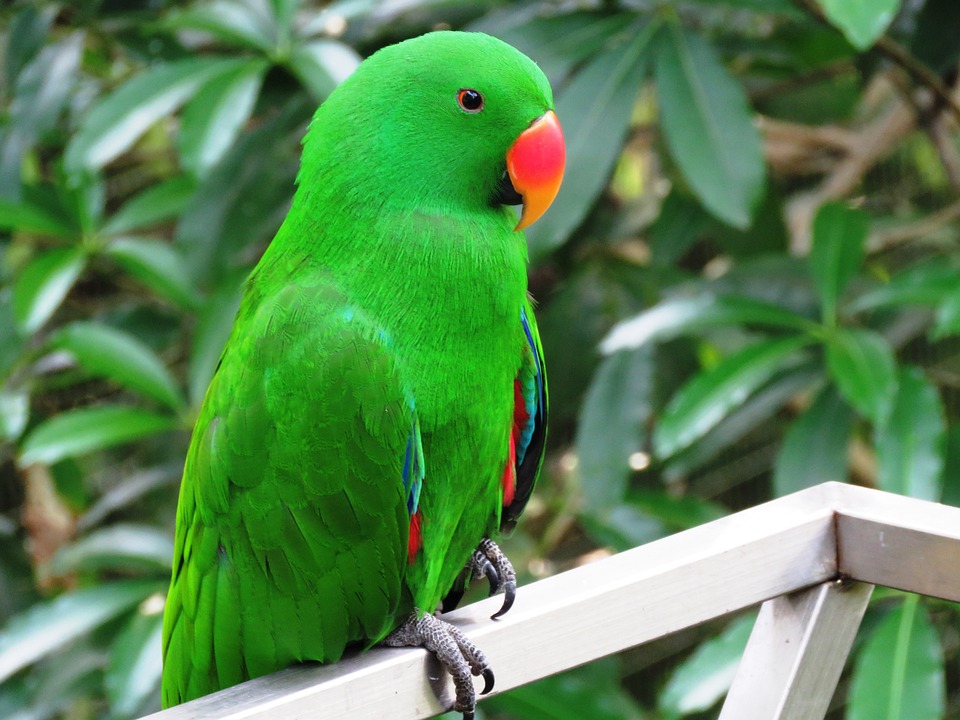Title: Promoting Flying Exercises and Flight Recall Training for Flighted Parrots
Introduction:
Flight is a natural and essential behavior for parrots, providing them with exercise, mental stimulation, and a sense of freedom. As responsible parrot owners, it is crucial to encourage and promote flying exercises and flight recall training for our flighted companions. In this article, we will explore effective methods to encourage flight, ensure safety, and enhance the bond between parrot and owner. Additionally, we will address common questions related to flight recall training.
I. Understanding the Importance of Flying Exercises for Parrots
A. The physical and psychological benefits of flight for parrots
Flying exercises allow parrots to engage their muscles, maintain a healthy weight, and develop coordination and balance. It also provides mental stimulation, preventing boredom and promoting overall well-being.
B. The risks of limited flight and clipped wings
Limiting a parrot’s flight abilities or clipping their wings can lead to physical and psychological issues, such as obesity, muscle atrophy, and behavioral problems. Flight is an innate behavior for parrots, and depriving them of it can have negative consequences.
C. The role of flying exercises in maintaining a healthy weight and muscle tone
Regular flying exercises help parrots burn calories, maintain a healthy weight, and develop strong muscles. This is especially important for parrots that spend most of their time in cages or indoors.
II. Creating a Safe Environment for Flying Exercises
A. Parrot-proofing the living space
Ensure that the living space is free from hazards such as toxic plants, open windows, or other pets that could harm the parrot during flight.
B. Removing potential hazards and obstacles
Remove any objects that could pose a risk to the parrot’s flight path, such as hanging cords, fragile decorations, or sharp edges.
C. Providing suitable perching and landing areas
Offer a variety of perching options, such as natural branches or bird trees, to allow the parrot to rest and land comfortably during flight.
D. Ensuring optimal lighting conditions
Provide adequate lighting in the parrot’s living space to enhance their visibility and spatial awareness during flight.
III. Encouraging Flight Recall Training
A. Building a strong foundation of trust and positive reinforcement
Develop a trusting relationship with the parrot through positive reinforcement techniques, such as rewarding with treats or praise.
B. Gradual introduction of recall exercises
Start with short recall exercises in a controlled environment, gradually increasing the distance and difficulty as the parrot becomes more comfortable.
C. Implementing step-up and step-down commands
Teach the parrot step-up and step-down commands to encourage them to come to and from your hand during recall exercises.
D. Utilizing target training for recall exercises
Use a target stick or a designated target to guide the parrot during recall exercises, helping them understand the desired behavior.
E. Fostering consistency and patience in the training process
Consistency and patience are crucial in flight recall training. Set aside regular training sessions, and be patient with the parrot’s progress.
IV. Strengthening the Bond through Flight Recall Training
A. The role of flight recall training in enhancing the parrot-owner relationship
Flight recall training allows parrots to build trust with their owners, as they learn to come back when called. This strengthens the bond and promotes a sense of security.
B. Establishing a sense of security and reliability in the parrot
Flight recall training helps parrots feel secure and confident, knowing that they can safely return to their owner’s hand.
C. Incorporating flight recall training into daily routines and playtime
Integrate flight recall training into daily routines and playtime to reinforce the training and make it a fun and engaging experience for both the parrot and owner.
V. Frequently Asked Questions (FAQs)
1. Can flight recall training be successful for older parrots?
Yes, flight recall training can be successful for parrots of any age, as long as they are physically capable of flying.
2. How do I prevent my parrot from flying away during outdoor flight recall training?
Outdoor flight recall training should be conducted in a secure and enclosed space, such as a large aviary or a controlled outdoor area with high walls or netting.
3. Is it necessary to clip the wings of my flighted parrot to ensure safety?
Clipping wings is not necessary for flighted parrots if the environment is safe and proper flight recall training is implemented.
4. What if my parrot refuses to participate in flight recall training?
If a parrot refuses to participate, it may indicate a lack of trust or fear. It is important to go at the parrot’s pace, using positive reinforcement to gradually build their confidence.
5. Can flight recall training be successfully implemented with multiple parrots?
Yes, flight recall training can be implemented with multiple parrots. However, it is important to ensure individual training sessions to prevent confusion and maintain focus.
Conclusion:
Promoting flying exercises and flight recall training for flighted parrots is essential for their overall well-being and happiness. By understanding the importance of flight, creating a safe environment, and implementing effective recall training techniques, parrot owners can provide their feathered friends with the opportunity to engage in their natural behavior while strengthening the bond between them. Remember, patience, consistency, and positive reinforcement are key in achieving successful flight recall training.









